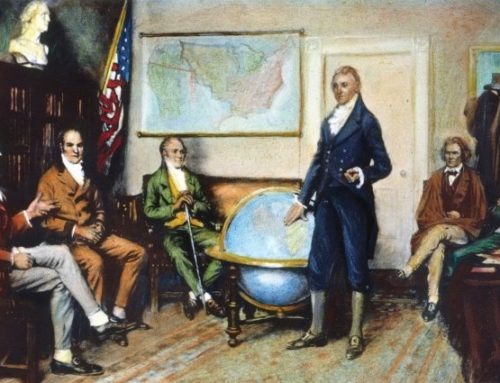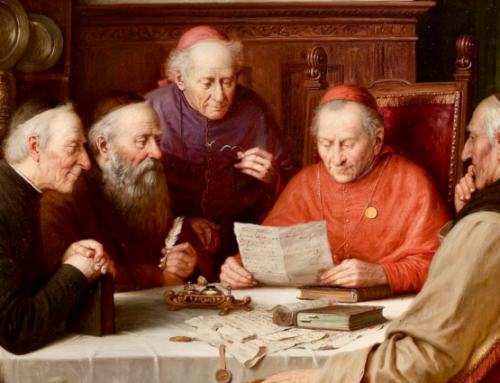Franz Joseph Haydn composed the Mass in Time of War, his tenth setting of the Roman Catholic Mass in 1796, in the city of Eisenstadt, Austria, where he was the composer-in-residence-for Prince Esterhazy. At the time of its writing in August and its premier in December, French Revolutionary were winning victories in Italy and Germany and threatening to invade Austria. Haydn himself christened the work Missa in Tempore Belli, employing martial-sounding timpani in the Agnus Dei, a feature that has led others to nickname the work the “Kettledrum Mass” (“Paukenmesse“). The tone of the entire work is one of intense supplication, and it concludes with a rousing and moving Dona Nobis Pacem.
Haydn died at his home in Vienna some thirteen years after composing the Mass in Time of War, to the sound of the cannon balls of Napoleon’s army falling on the city, including one that landed in his own courtyard. One wonders if the old composer in those last moments thought of the music of this Mass.
This essay first appeared here in July 2020.
The Imaginative Conservative applies the principle of appreciation to the discussion of culture and politics—we approach dialogue with magnanimity rather than with mere civility. Will you help us remain a refreshing oasis in the increasingly contentious arena of modern discourse? Please consider donating now.
The featured image is a 1913 painting of Battle of Raszyn 1809 by Wojciech Kossak. It is in the public domain, courtesy of Wikimedia Commons.








Leave A Comment